I am experiencing a surge of brainstorming (I am told this is no longer a P.C word but I can’t remember what the new term is so no offence to anyone) in relation to the work I must complete by December for my assessment.
We’ve been told we should have something along the lines of a proto-type complete for that stage in our course but with all these new and exciting ideas I want to have more than just one project outcome.
I am very excited about creating the physical pieces that reflect the research I’ve been doing for the last year and have been particularly thinking about the space in which my work will be displayed,shown or installed.
There are many different ways a person can present their work and these have inspired me to think of all alternatives – not just as Plan B’s in case my main work doesn’t turn out how I wish but also as accompaniments.
At the moment I am contemplating having 3d shapes with patterns either on, around or made up from the patterns. It’s hard to explain this so I’ll leave it to when I have some pictures once I get experimenting with the shapes.
I have been doing some very bad sketches in my notebook in order to consider how lighting needs to be placed within a rectangular room for example. There also the need to consider where a person might enter from and how they may navigate through the space according to what first comes into their sight. This is very important because I am planning to have my work illuminate itself based on the viewer’s movement into the space. They need to be able to see where to go for safety reasons but it also needs to be dark enough for the light to make the right kind of effect when it comes on. I also need to consider if my work will be one large focul piece or made up of three or four pieces.
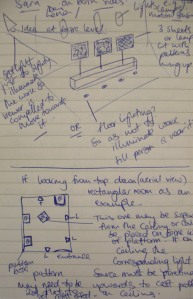
Page 1 of sketches and notes

Page 2 of ideas
These sculptures/shapes also need to fit to either the walls, floor or ceiling but with the light source either pointing towards or from behind them. Once again I won’t know which is best till I try it out. The light source itself is also something I am looking closely into. In my last tutorial Andy and I discussed sensor activated lighting and he agreed this may be the right thing for me to use. I’ve had a look at PIR lighting products and am trying to find something wireless which would be less of a safety concern as well as less shabby looking once up. Pricing is also a factor and how it might be fitted to walls/ceilings.
Another really cool idea I had was to have a sort of very large 3d hollow shape, perhaps made from card or papier mache (or maybe something a bit like stiff canvas or whatever is used to make lampshades), hanging from the ceiling but high enough off the ground to allow someone to pass under it. As they would come closer it would light up and then they would be standing beneath it. When they look up into the work they would see layers of shapes cut into the material and these would overlap so that the shadows and holes would create an ever complicated pattern. What I imagine in my head certainly looks quite spectacular. I wonder if I can actually achieve it.
It reminds me of the Muqarnas found in many mosques around the world, some of the most famous being at the Al-Hambra in Spain and at the Imam Mosque in Isfahan, Iran as seen in the image below. It is a very interesting architectural feature which I will just show you instead of trying to explain:
And yet at the same time what I have imagined also reminds me of a kaleidoscope. As my youngest sister was sitting next to me as I jotted this down I asked her if she knew what a Kaleidoscope was. She’s ten years old and, well, her generation is quite different to mine so I can well imagine that they aren’t likely to be as familiar with a non-electronic/digital toy such as a good old kaleidoscope. And I was right, she didn’t know what it was so I did a quick search and had a look through google images as I explained it to her. I then came across this very interesting image of a human mirrored kaleidoscope:
These kids are clearly having fun, and it means they are engaging with the space too. The effect is brilliant and I think if I could adopt this in some way but have my patterns in there too then it would just be sooo good. But I’m not sure if it would be over ambitious for me to go down this route, least of all because I’d have to actually build an enclosed space with mirrors inside. Or maybe I could make a cheap and tatty/plasticky version? We’ll see. But the use of mirrors is certainly worth keeping in mind.
All in all I am really getting into this and I knew it would be the stage I would enjoy the most. I may be thinking about some of the aspects of the installation a little to early but this is how I have always worked – I like to get down to the nitty gritty much in advance so that I have contingency time as well as other work in place if needed.

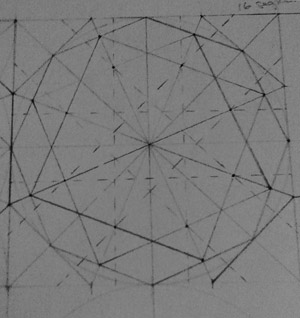
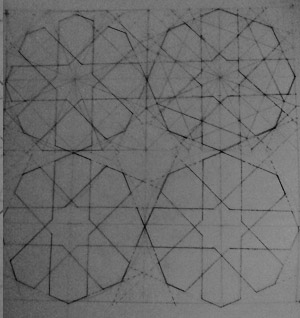
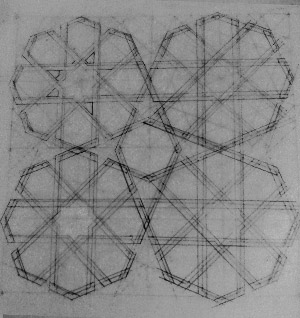
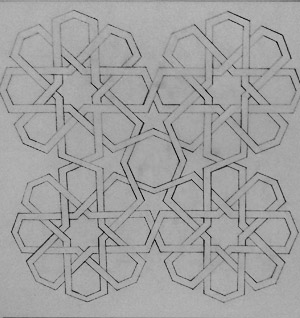
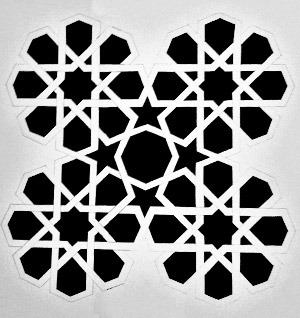
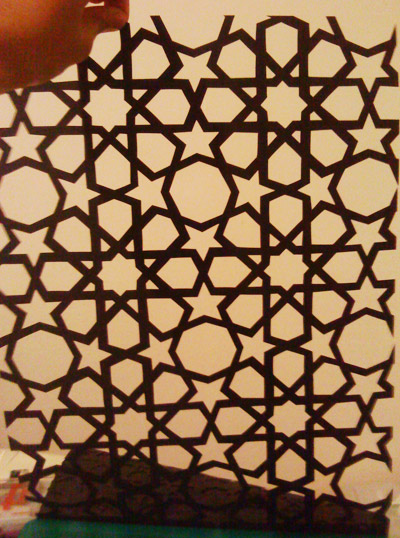
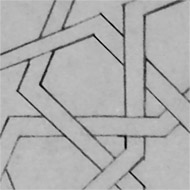
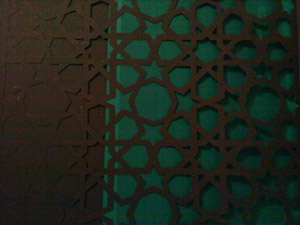

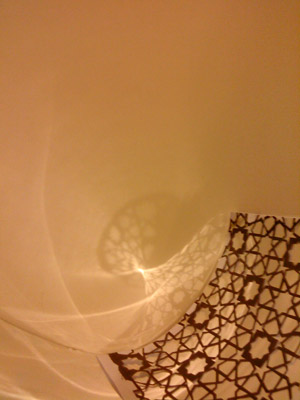
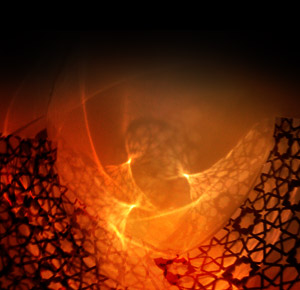
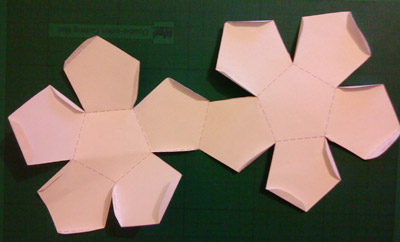
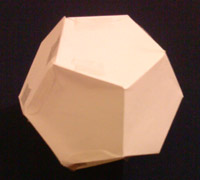
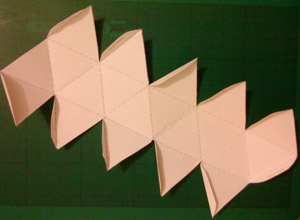
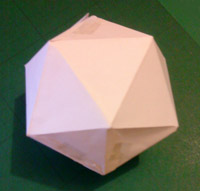
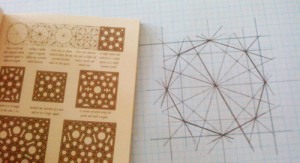

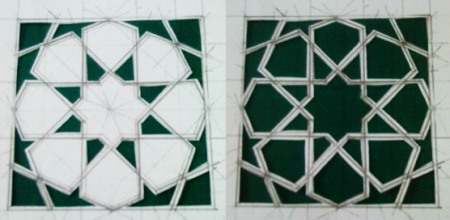
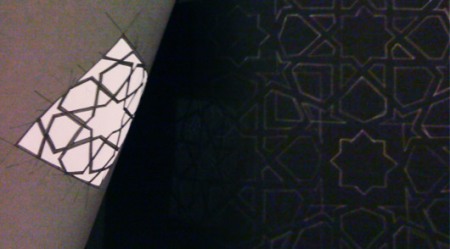

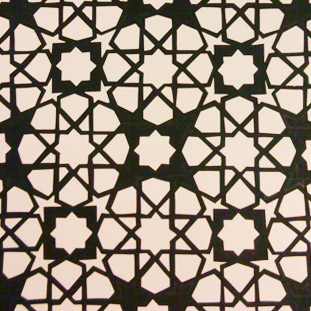
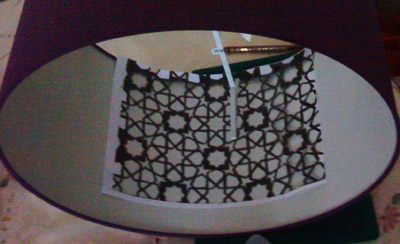







Recent Comments